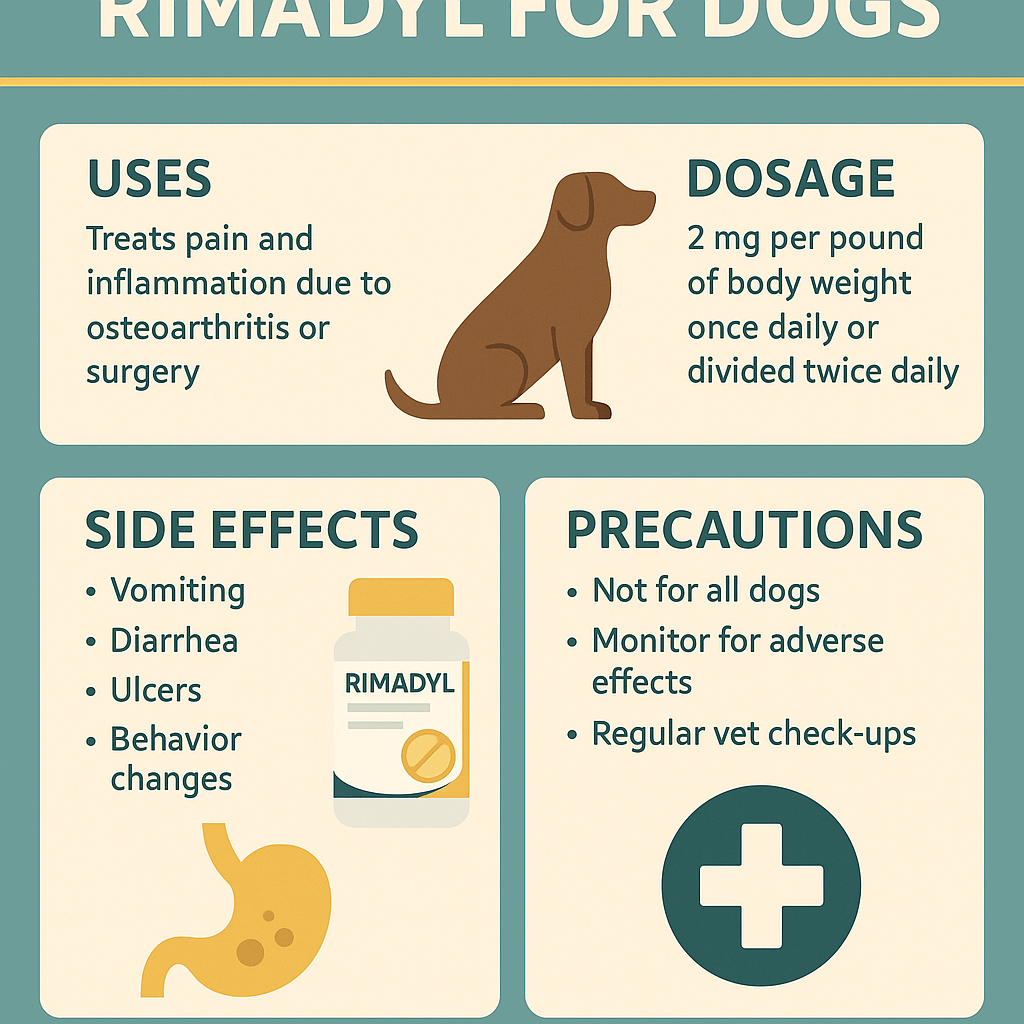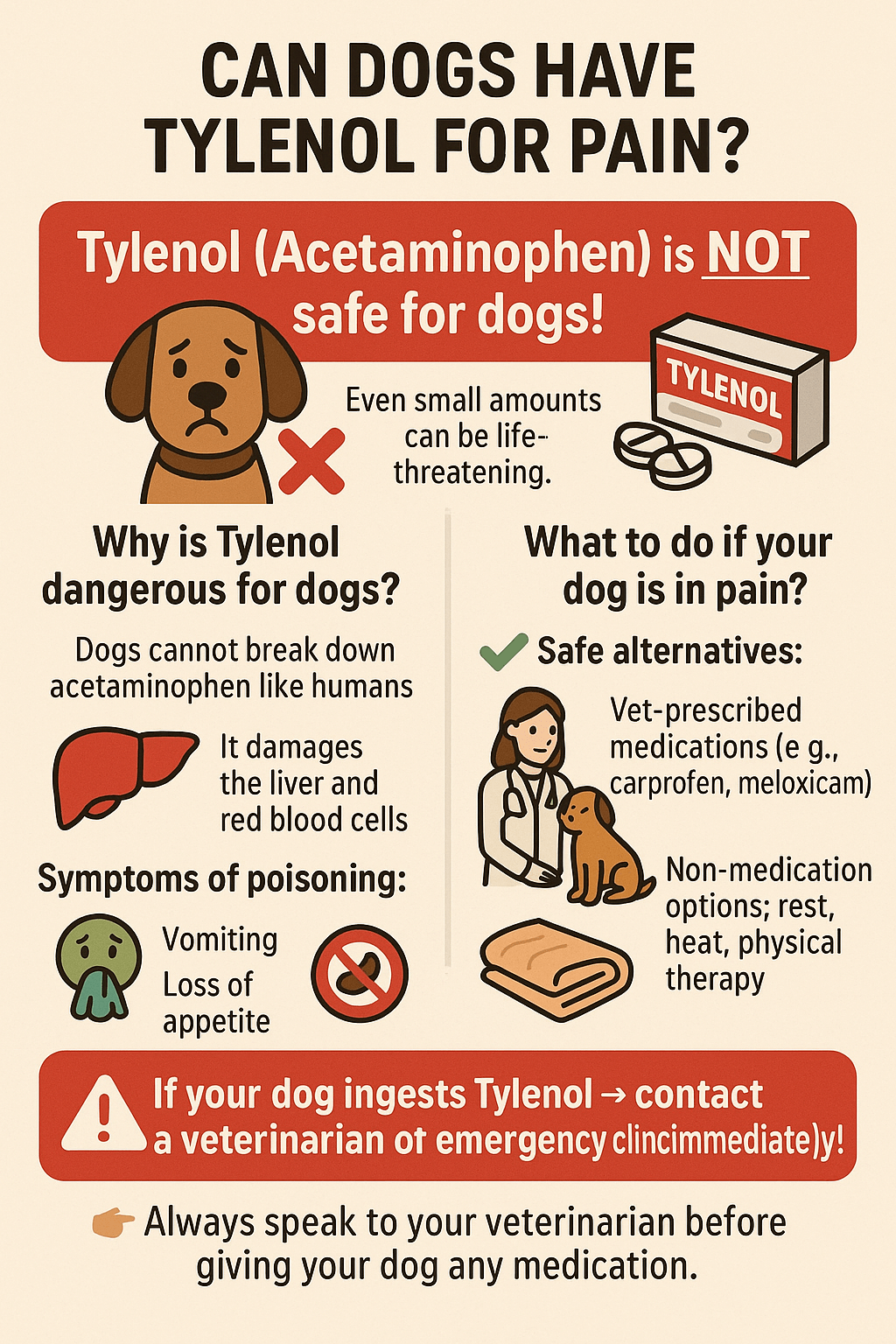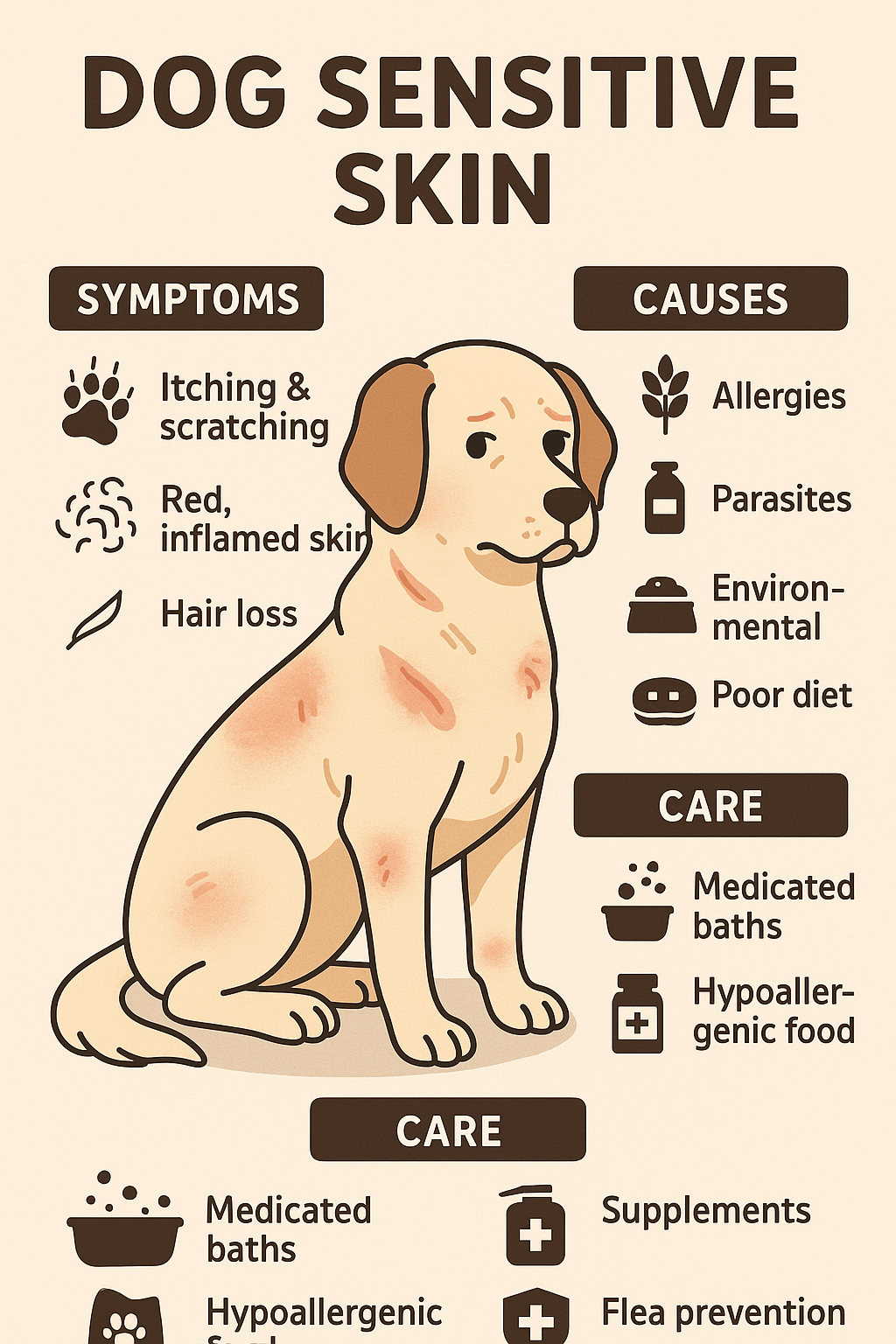Should You Walk a Dog with Luxating Patella? Best 7 Tips!
If you’ve ever heard the term “luxating patella,” you might have wondered how it affects your dog’s daily life, especially when it comes to walks. This condition, commonly referred to as a dislocated kneecap, can impact dogs of all sizes and breeds. While it may sound alarming, many dogs with this condition can still enjoy outdoor activities if managed properly. In this blog post, we’ll explore whether walking a dog with luxating patella is advisable, how to do it safely, and what precautions you should take. Let’s dive in and ensure your furry friend stays happy and healthy!
Understanding Luxating Patella: What It Is and How It Affects Dogs
Luxating patella is a condition where the kneecap (patella) slips out of its normal position. It can range from mild to severe, depending on the grade of the condition. Here are some key points to help you understand how this condition impacts your dog:
- Grades of Severity : Luxating patella is categorized into four grades, with Grade 1 being the mildest and Grade 4 the most severe.
- Common Symptoms : Dogs may exhibit limping, skipping steps, or holding up their leg temporarily.
- Breed Predisposition : Smaller breeds like Chihuahuas, Pomeranians, and Yorkshire Terriers are more prone to this condition.
- Impact on Mobility : While mild cases may not affect daily activities significantly, severe cases can lead to pain and reduced movement.
Understanding these factors is crucial to determining how much physical activity is safe for your dog. With proper care, even dogs with this condition can enjoy a fulfilling life.
Benefits of Walking a Dog with Luxating Patella
Walking is an essential part of a dog’s routine, offering both physical and mental stimulation. For dogs with luxating patella, controlled walks can provide numerous benefits:
- Muscle Strengthening : Regular, gentle exercise helps build muscle around the knee joint, providing better support.
- Weight Management : Maintaining a healthy weight reduces stress on the joints, alleviating discomfort.
- Mental Health Boost : Walks offer sensory stimulation and social interaction, which are vital for a dog’s emotional well-being.
- Improved Circulation : Movement promotes blood flow, aiding in overall joint health.
While walking is beneficial, it’s important to tailor the activity to your dog’s specific needs. Always prioritize their comfort and safety during outings.
Expert Opinion: Insights from a Veterinarian
Dr. Emily Carter, a certified veterinarian specializing in canine orthopedics, shares her perspective:
“Luxating patella doesn’t mean your dog can’t enjoy walks, but moderation is key. Start with short, controlled sessions on soft surfaces, and always monitor for signs of discomfort. Regular exercise, when done correctly, can actually help strengthen the muscles around the joint, improving stability over time.”
Check this guide 👉 Top 4 Best Cat Recovery Suits for Faster Healing!
Check this guide 👉 Top 4 Best Dog Hip Braces for Ultimate Joint Support!
Check this guide 👉 Top 3 Best Dog Knee Braces for Ultimate Joint Support!

Pros | Cons |
|---|---|
Strengthens muscles around the knee joint | Risk of worsening the condition if overdone |
Helps maintain a healthy weight | Potential for pain during or after walks |
Provides mental stimulation and socialization | Requires careful monitoring and adjustments |
Encourages better joint mobility | May limit the duration and intensity of walks |
Tips for Safely Walking a Dog with Luxating Patella
Ensuring your dog’s safety during walks involves careful planning and observation. Here are some tips to keep in mind:
- Shorter Walks : Opt for multiple short walks instead of one long session to avoid overexertion.
- Soft Surfaces : Choose grassy or dirt paths over hard surfaces like concrete to reduce joint impact.
- Monitor Behavior : Watch for signs of discomfort, such as limping or reluctance to move.
- Use a Harness : A supportive harness can help distribute weight evenly and prevent strain on the legs.
- Consult Your Vet : Always seek professional advice before starting or modifying an exercise routine.
By following these guidelines, you can minimize risks and ensure your dog enjoys their walks without aggravating their condition.
Alternative Exercises for Dogs with Luxating Patella
If walking isn’t suitable for your dog’s current condition, there are other ways to keep them active and engaged:
- Swimming : A low-impact exercise that strengthens muscles without stressing the joints.
- Indoor Play : Interactive games like fetch or tug-of-war can provide physical and mental stimulation.
- Puzzle Toys : These challenge your dog’s mind and keep them entertained indoors.
- Physical Therapy : Professional exercises designed by a vet or therapist can aid recovery and mobility.
Incorporating these alternatives ensures your dog remains active while avoiding unnecessary strain on their knees. Every dog is unique, so tailor activities to their abilities and preferences.
Recognizing When to Adjust Your Dog’s Exercise Routine
Even with careful planning, it’s important to stay vigilant for signs that your dog may be struggling during walks. Luxating patella can cause discomfort, and recognizing these indicators early can prevent further issues. Here are some key signs to watch for:
- Limping or Favoring a Leg : If your dog starts limping or avoids putting weight on one leg, it may indicate pain or discomfort.
- Reluctance to Move : A sudden hesitation to walk or resistance to starting the walk could signal joint strain.
- Excessive Panting or Whining : These behaviors may suggest physical distress or overexertion.
- Skipping Steps : Dogs with luxating patella often skip steps as a way to compensate for knee instability.
- Swelling Around the Knee : Visible swelling or sensitivity in the knee area is a clear sign of irritation or injury.
If you notice any of these signs, it’s best to stop the walk immediately and consult your veterinarian. Early intervention can make a significant difference in managing your dog’s condition and ensuring their long-term well-being.
Investing in the Right Equipment for Your Dog’s Comfort
When walking a dog with luxating patella, having the right gear can make a world of difference. Proper equipment not only enhances your dog’s comfort but also helps prevent unnecessary strain on their joints. Consider these essential items to make walks safer and more enjoyable:
- Supportive Harness : A well-fitted harness reduces pressure on the neck and spine, providing better weight distribution during walks.
- Orthopedic Dog Boots : These boots offer extra cushioning and support, protecting your dog’s paws and joints on hard or uneven surfaces.
- Leash with Shock Absorption : A bungee-style leash can minimize sudden jerks, reducing stress on your dog’s legs and knees.
- Portable Water Bottle and Bowl : Staying hydrated is crucial, especially if your dog tires easily or needs frequent breaks.
- Reflective Gear for Safety : If walking during low-light conditions, reflective vests or collars ensure your dog remains visible to others.
Equipping your dog with the right tools not only makes walks more comfortable but also shows your commitment to their health and happiness. With the proper gear, you can focus on enjoying quality time together without worrying about unnecessary risks.
Building a Consistent and Gentle Exercise Plan
Establishing a safe and consistent walking routine is key to managing luxating patella in dogs. A well-structured plan ensures your dog stays active without overexerting themselves. Here are some steps to help you create a routine that works for your furry friend:
- Start Slow : Begin with short, gentle walks of 5–10 minutes and gradually increase the duration as your dog builds strength and stamina.
- Set a Regular Schedule : Walk your dog at the same time each day to establish predictability and reduce stress.
- Incorporate Warm-Ups : Spend a few minutes playing low-impact games or gently massaging your dog’s legs before heading out to prepare their muscles and joints.
- Choose Quiet Routes : Opt for less crowded paths to minimize distractions and sudden movements that could strain your dog’s knees.
- Prioritize Rest Days : Allow at least one or two rest days per week to give your dog’s body time to recover and heal.
A thoughtful walking routine not only supports your dog’s physical health but also strengthens the bond between you and your pet. By tailoring the routine to their needs, you can ensure every walk is a positive experience.
Frequently Asked Questions About Walking Dogs with Luxating Patella
Can I walk my dog with luxating patella?
Yes, but it depends on the severity of the condition. Consult your vet for personalized advice.
How long should I walk my dog with this condition?
Start with short, gentle walks and gradually increase duration based on your dog’s tolerance.
Are certain surfaces better for walking?
Soft, uneven surfaces like grass or dirt are gentler on the joints compared to hard pavements.
What signs indicate my dog is in pain during a walk?
Limping, excessive panting, or refusing to move are red flags that your dog may be uncomfortable.
Can swimming help my dog with luxating patella?
Absolutely! Swimming is an excellent low-impact exercise that promotes muscle strength and joint health.
Final Thoughts: Balancing Activity and Care for Your Dog
Walking a dog with luxating patella requires a thoughtful approach that balances activity with caution. By understanding the condition, monitoring your dog’s behavior, and making adjustments as needed, you can ensure they enjoy a happy and active lifestyle. Remember, every dog is different, so tailor your approach to their unique needs. With love, patience, and proper care, your furry companion can thrive despite this condition. Keep exploring ways to enrich their life, and cherish the joy they bring to yours!
Rimadyl for Dogs: Best 7 Expert Tips! Discover expert advice on using Rimadyl safely, managing pain, and improving your dog’s mobility with trusted veterinary insights.
Can Dogs Have Tylenol for Pain? Best 7 Expert Tips! Discover the risks, safe alternatives, and expert advice on managing your dog’s pain effectively while avoiding harmful medications.
Understanding Hemophilia in Dogs: Best 7 Expert Tips! Discover expert advice on managing hemophilia, recognizing symptoms, and ensuring your dog’s well-being with practical care strategies.
Understanding Dog Sensitive Skin: Best 7 Expert Tips! Discover expert advice on managing dog sensitive skin, relieving irritation, and improving your pup’s comfort with practical solutions.





